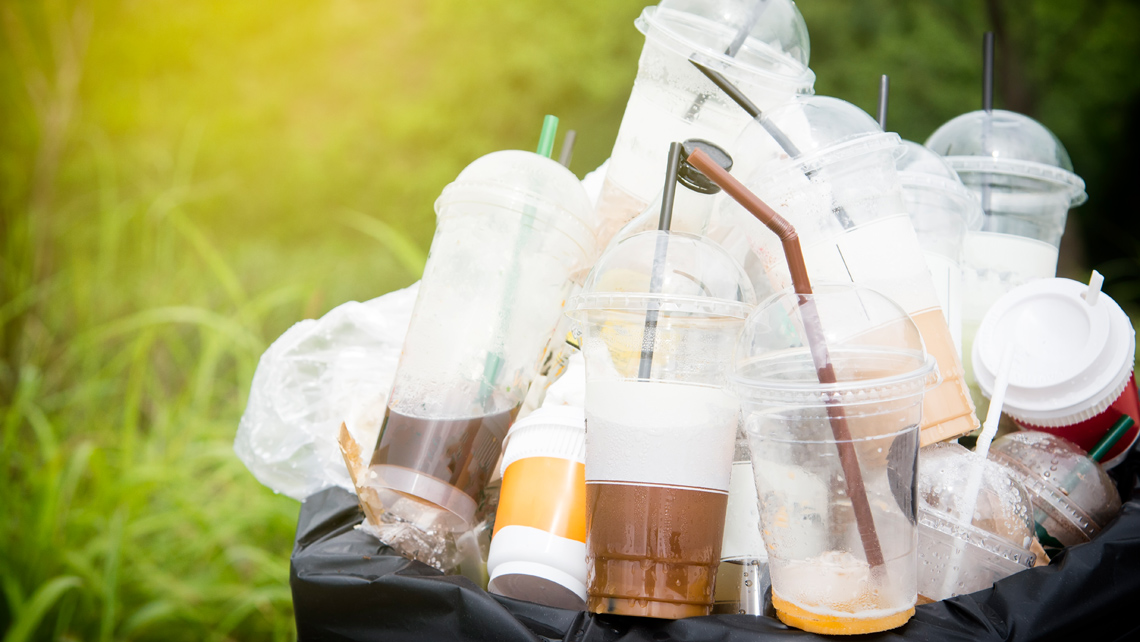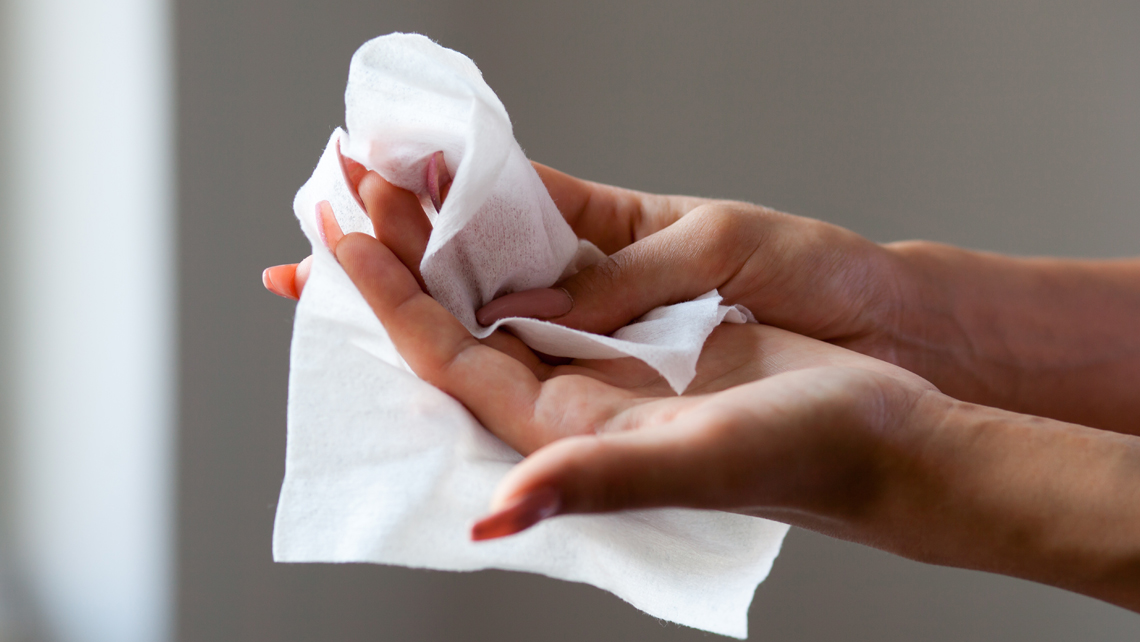Primary microplastics are produced on purpose whereas secondary microplastics are a result of weathering or fragmentation of larger plastic items. There is scattered data around the sources and removal of microplastics. Some studies report that most microplastics end up in our waterways from sources other than municipal wastewater treatment plants, which remove approximately 98% of microplastics through their treatment processes. Insufficient waste handling and consequent marine litter is a part of the problem, but equally are our car tires and industrial abrasives, for example. Due to the large volumes of water and waste handled at wastewater treatment plants, their role in the total microplastics accumulation can not to be overlooked, either.
Investigating the role of chemicals
Considering the extremely high durability and rapid accumulation of plastics, combined with the many unknowns related to microplastics in living organisms, it is no surprise that there is growing concern around the topic.
The role of chemical treatment in microplastics removal has not been in focus in previous research studies on the subject. In order to gain a better understanding, scientists MSc Outi Grönfors and Dr. Mehrdad Hesampour from Kemira – a leading chemical water treatment expertise company – initiated a collaboration project with the Aalto University in Finland. This resulted in a master’s thesis study conducted by Katriina Rajala, instructed by Professor Anna Mikola and supervised by Professor Riku Vahala.
The findings show that chemicals do indeed enhance the removal of microplastics – and not all chemicals perform the same.
The objective of the master’s thesis was to study how different water treatment chemicals impact the removal rate of microplastics in the wastewater matrix, if there are differences between the chemicals used, the role of water composition on the removal results, and how the chemically enhanced removal of microplastics could be analyzed and monitored. Several chemicals and their removal efficiencies were compared. The studied microplastic particles were smaller than the ones studied in wastewater context in other, earlier studies.
The findings show that chemicals do indeed enhance the removal of microplastics. Not all chemicals perform the same: certain chemicals performed significantly better than other ones, removing most of the microplastic particles in the samples. The study demonstrated the potential of chemicals in the enhancement of microplastic removal and revealed some important aspects in the removal mechanisms.
Kemira will continue researching and developing effective chemistries to ensure safe and clean water and environment today and for generations to come. We encourage collaboration and further research into the microplastics topic, whose implications are still not fully understood.
What can you do to reduce microplastics?
As consumers, we can also contribute to the reduction of microplastics in our environment. Choosing non-plastic packaging options when shopping is a good start. It is equally important to ensure that all rubbish outdoors ends up in the right containers, as if left in the environment, it will break down and eventually end up in the waterways.
Avoiding single-use plastics overall and cosmetics containing microplastics is also a good step forward. Some countries, like Sweden and the UK, have already banned the use of microbeads in rinse-off cosmetics, such as body scrubs. It might be overwhelming to try to understand the product labels – thankfully there are some apps developed to help us out in making better choices. Check out http://www.cosmethics.com/ as an example.


